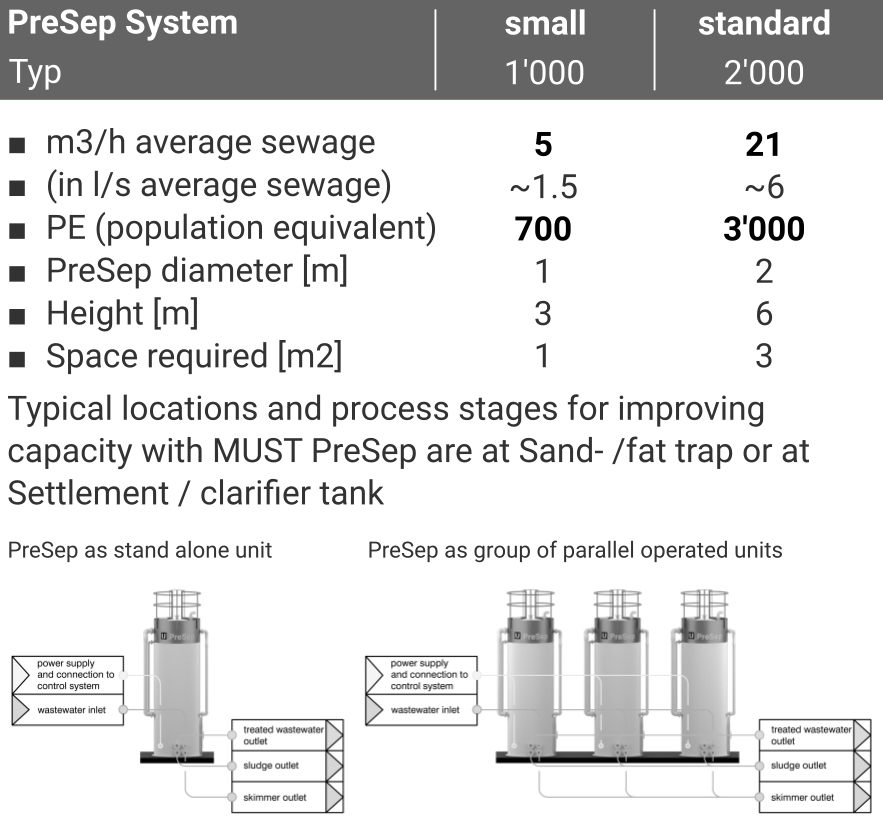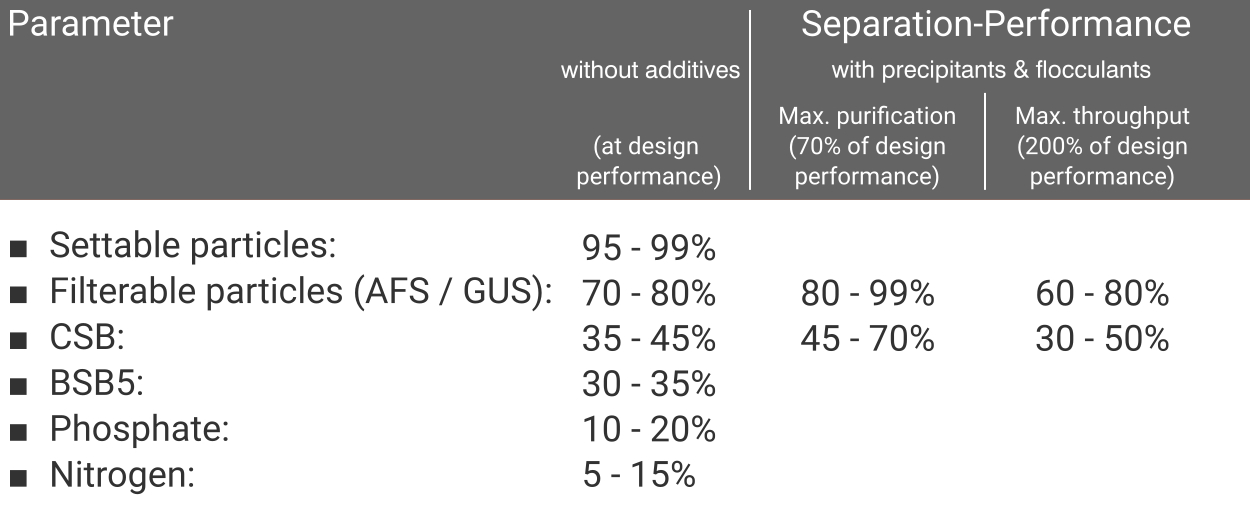


MUST PreSep is an efficient process treatment method for municipal and industrial wastewater. With PreSep, a technology for the pre-treatment of wastewater was developed, which provides a high effective separation of solid particles. For an overloaded, in need of upgrade or renovation stated wastewater treatment plant, the PreSep method secures a beneficial economic and ecological pre-treatment solution. The method can be used to substitute sand trap, grease/fat trap and primary clarification as required. PreSep separates up to 99% of the solids and thus reduces a significant proportion of the impurities in wastewater. Thanks to its compact design, PreSep has a small footprint and can be integrated into or over an existing system. As a standardized design, PreSep is the ideal plug & play rentable solution.



The PreSep process is an independent technology for the mechanical separation of undissolved solids from liquids. In municipal wastewater treatment, PreSep takes over the entire primary treatment and can replace or support grease / fat traps and high floor space required primary treatment. When purifying industrial wastewater, PreSep can take over the complete treatment stages. The process has proven itself successful in practice and can be used as a rental or permanent installation in municipal sewage treatment plants and industrial companies.

PreSep can be integrated directly into the wastewater stream or as a bypass unit. It is usually fed by a pump, which carries the wastewater to the level of the PreSep and releases it from the top into the unit. The feeding into the unit is down flow and distribution optimized with an inlet nozzle and diffusor. This results in an efficient separation and settling of heavier and mostly inorganic particles. The sedimented particles are collected as sludge in the cone of the PreSep unit and are periodically discharged. This method provides a significant high separation range as pre-treatment unit and provides a thickening of the sludge. The lighter and finer (often more organic) particles float upwards, agglomerate into larger flakes and settle accordingly. The purified wastewater has to pass a further deflection ring and take a final overflow drain before being discharged.
